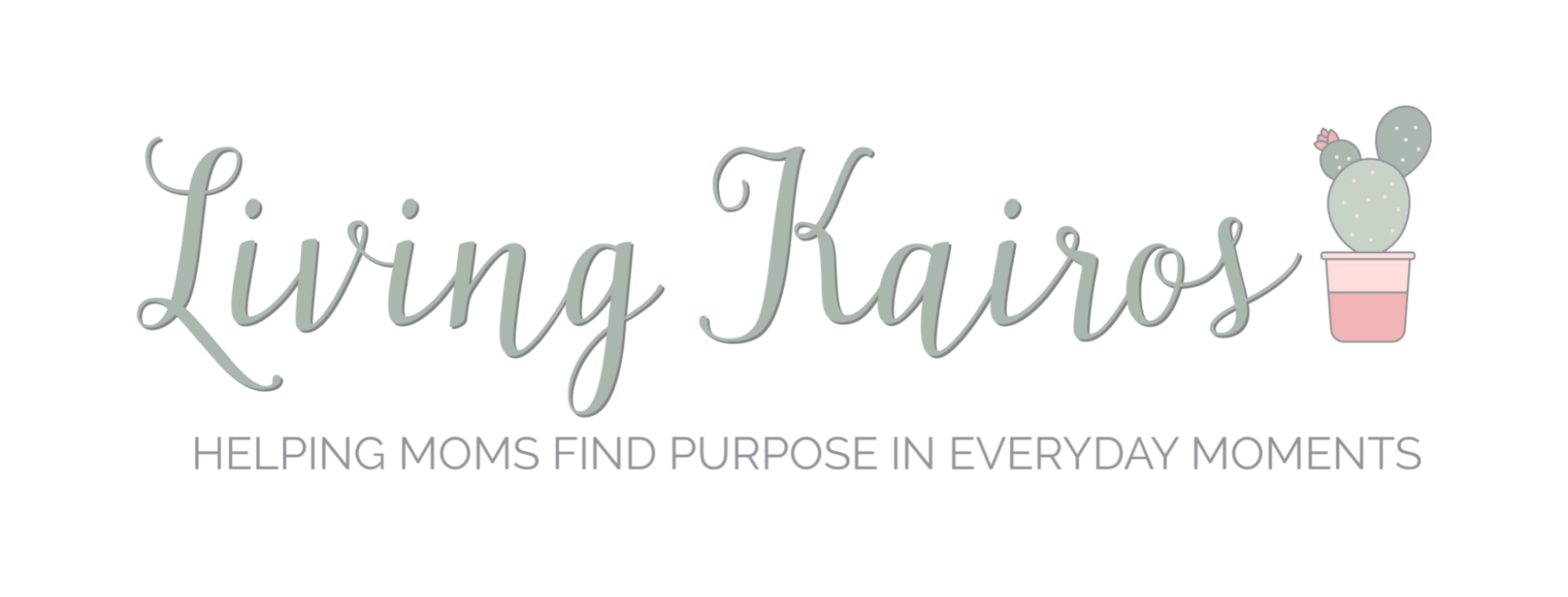Most new moms hear from somewhere or another that swaddling is good. As a new mom, I heard the same thing, but always wondered exactly why it’s important. Not to mention how to do it, what products to use, etc. So today, I share why and how you should swaddle your baby.

Why you should swaddle your baby
There are many benefits to swaddling your newborn. Before Little Man was born, my husband and I took a prep for baby class at the hospital. The instructor showed us how to swaddle with a receiving blanket, but she didn’t really go into why it was important.
Comfort for baby
In case you didn’t know, babies are pretty confined inside mom, especially at the end of the pregnancy. There’s just not a whole lot of room in there! If you swaddle your baby, especially as a brand newborn, they feel comforted because they are wrapped tightly just like they were in the womb.
Babies also have what’s known as a startle reflex. This reflex occurs when babies muscles relax while sleeping, and that relaxing causes them to startle awake. If you swaddle your baby instead of letting him sleep free, the startle reflex is reduced and baby sleeps much more soundly. And who doesn’t want that?
It can help keep baby safe
Dr. Harvey Karp at Happiest Baby states that, when done correctly, swaddling actually helps keep babies safe because it helps:
- Reduce the lure of placing a crying baby to sleep on his stomach
- Lessen the chance of falling asleep with baby on an unsafe surface
- Reduce the chance of baby rolling into an unsafe position
- Increase breastfeeding success
Safe swaddling
If you choose to swaddle your baby, there are some safety tips you must be aware of. The American Academy of Pediatrics gives the following precautions:
- Always place baby on her back to sleep. This greatly reduces the risk of SIDS.
- Never place any loose items in baby’s crib: loose blankets, stuffed animals, pillows, etc.
- The safest place for baby is in his crib or bassinet, not in your bed.
- Check for overheating. In the summer, opt for a swaddle blanket made of a lightweight fabric.
- Keep the hips loose to prevent hip dysplasia.
- Consider using a pacifier.
- Stop swaddling when baby begins to show signs of learning to roll over.
- Place crib in a smoke-free environment.
How to swaddle your baby safely
The key to a safe swaddle is making it tight, but not too tight. Here are some easy steps to swaddling with a receiving blanket or swaddle blanket:
- First, lay blanket on a flat surface in a diamond shape (with the bottom point towards you).
- Fold down the top point about one-third of the way.
- Lay baby with his shoulders lined up with the fold. Place her arms at her side.
- Fold the left corner over baby, tucking any extra fabric underneath her.
- Take the bottom corner and fold it upwards toward baby’s left shoulder, leaving her hips loose, and tuck an extra fabric underneath her.
- Finally, fold the right corner over baby, tucking any extra fabric into the fabric folds at baby’s back.
Make sure to fold both the side corners snugly so as to keep baby’s arms securely at her side. The bottom of the swaddle should be loose enough for her to stretch her legs. It’s extremely important that you tuck the blanket securely, because you don’t want baby to break out and have loose blankets potentially covering her face.
Types of swaddling products
As I’m sure you’ve noticed, there are tons of products marketed to parents who want to swaddle their baby. But beware, not all products are created equal. Here are a few that we’ve tried and love:
Plain old receiving blanket
When your baby is first born, he’s tiny enough to swaddle in a standard size receiving blanket using the method above.
Pros: This is what the nurses in the hospital will use when you deliver your sweet love. It’s a tried and true product, and receiving blankets are super cheap for the most part.
Cons: Little Man grew out of the receiving blanket swaddle pretty quickly. He grew too tall, and they stopped working for us fairly early on. Also, there isn’t a whole lot of give to the fabric, so you have to really practice at getting a snug swaddle.
Muslin swaddle blankets
You may choose to use muslin blankets to swaddle your baby.
Pros: We really loved how soft and breathable muslin blankets are. They are also bigger than a receiving blanket, so we used them for longer. They are really great for the summertime because you can strip baby down to his diaper and just swaddle him during naptime.
Cons: Because there is more give to the fabric, you have to make sure you swaddle your baby tight enough that she can’t break free. They are also more prone to staining, at least in my experience.
Swaddlers with Velcro
We used these a lot with Little Man, and they were by far my favorite. They come in a bunch of different brands, but we used the SwaddleMe brand, and they worked fantastic.
Pros: They are super easy to use: just slip baby in, and use the Velcro tabs to fasten. There is little chance that your newborn can break out of these swaddlers. They are so nice for after those middle-of-the-night feedings when your brain can’t figure out how to do a traditional swaddle fold.
Cons: They can be expensive. We invested in three of the newborn sizes and I think two of the bigger wrapsacks. I washed them more often, but it was worth it.
Sleep sacks
I chose not to use sleep sacks when Little Man was tiny, but we transitioned to a sleepsack like this one one once he grew bigger. When he no longer needed the swaddle, but still needed a little bit of security, these guys worked great.
Pros: Much looser and less constrictive. They come in a wide range of styles and materials.
Cons: I don’t recommend these for tiny newborns because they don’t really help with the startle reflex. I started using these when Little Man began rolling over, because his arms were free and his legs were free enough that he could roll himself back if he needed.
I hope this helps, mama. Learning to swaddle your baby is almost a right of passage to motherhood, and it doesn’t have to be this huge complicated thing. Whether you choose to use the tried-and-true receiving blanket method, or spring for a special swaddling blanket, I hope both you and your baby enjoy peaceful sleep.



Great post! With my older son, I liked the sleep sack. But once I discovered the velcro swaddlers, they were my favorite too!
Oh my goodness, aren’t they the best? So secure and easy to use!